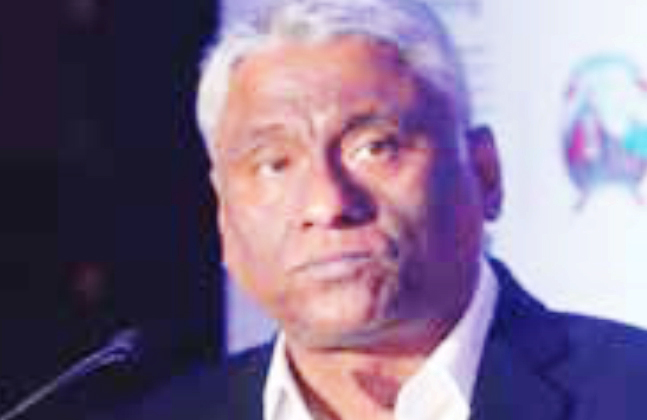[vc_row][vc_column][vc_column_text]
After emerging out of the military rule, Myanmar has a lot of catching up to do in maritime infrastructure development. Capt. Henry Khin Maung, Chairman, Mahanadi Maritime Services, details on the Indo- Myanmar trade and the opportunities for India to participate in the growth story of Myanmar
Q What is the Indo-Myanmar export/import scenario?
Myanmar is the second largest exporter of beans and pulses to India. We export about one million tonnes of bean and pulses into India, of which, 70 per cent goes to Chennai and 30 per cent goes to Nhava Sheva. Myanmar earlier used to imports cement from India, but today the nation has become self-sufficient in cement production. Currently, Myanmar imports a lot of sugar from India through Nhava Sheva, Mundra and Haldia.
Sugar imported from Renuka Sugar, India is very famous in China. Myanmar imports sugar from India and re-exports to China. Actually people in Myanmar do not consume much sugar but because of the Chinese demand the government has opened this corridor connecting Yangon to Mu Se which connects to the Chinese border. Therefore, in import from India Myanmar earns 2 per cent and in re-export to China the government earns another 2 per cent. About 70 per cent of the sugar imported into Myanmar is from India. In addition, pharmaceutical and steel products are also imported from India in containers. The reason for importing in Containers is the freight rates are low and the import volumes are not high enough to import in bulk carriers.
Q What is the status of port infrastructure in Myanmar?
Almost all terminals in Myanmar except the three jetties are privatised. So, the government involvement is very limited. Myanmar International Port Terminal Ltd along with Simatech and other partners is building one jetty. An SEZ is coming up near the outer terminals with investment by the Japanese. It will primarily import raw materials and goods will be re-exported.
Q Is there any import/export imbalance between India and Myanmar?
Imports from India are quite less. The beans and pulses, especially Toor, Black mapte and green mung are produced especially for exporting to India. These exports are above one million tonne. So, approximately $800-900 million worth of cargo is exported to India.
Q You have been using Chennai and Kolkata Ports, what is your experience?
As per the feedback from the trade community, the Tamil Nadu government is very flexible in releasing the cargo, while on the other hand the West Bengal government is very stringent and requires all sorts of documents. So naturally, the trade community prefers Chennai Port over the Kolkata Port.
We are not using the private ports on the east coast because to go there we need to have a certain kind of volume. Moreover, Kolkata is geographically strategic and attracts most of the cargo. If we can get import transhipment to a private port on the east coast where we can save money that will be an attractive opportunity for us.
Q How is your hinterland connectivity?
In the hinterland in Myanmar there are a lot of things that need to be improved and the government is welcoming investors to participate in the growth process. I believe India can play a significant role in developing the maritime infrastructure by sharing the expertise and technology.
[/vc_column_text][/vc_column][/vc_row]






